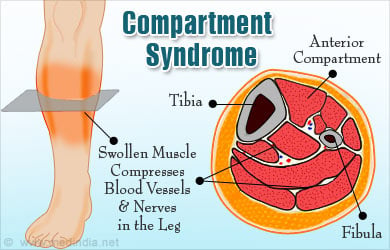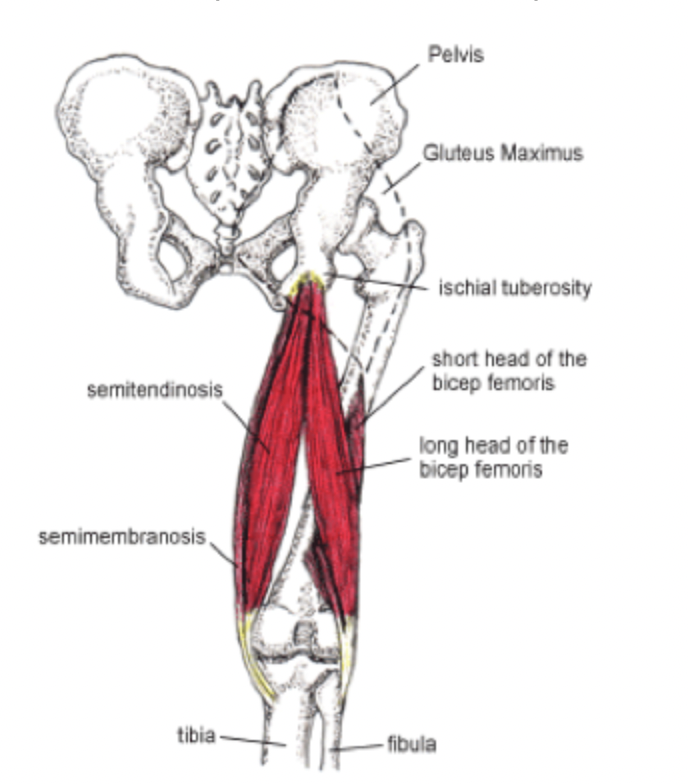Rhabdomyolysis: When Your Muscles Self-Destruct
- golabiromtin
- Mar 26
- 5 min read
Updated: Jun 23
By Romtin G.
Overview
Rhabdomyolysis (often shortened to “rhabdo”) is a severe and potentially fatal condition where skeletal muscle fibers break down rapidly, releasing their contents into the bloodstream. This can lead to kidney failure, heart complications, and severe metabolic imbalances. While rhabdo can occur due to crush injuries or severe burns, in athletes, it often results from overtraining, extreme exertion, or heat stress.
Let’s break down what happens at the cellular, biochemical, and organ system levels when rhabdomyolysis occurs.
1. Muscle Cell Breakdown: What Happens at the Cellular Level?
Muscle Fiber Damage and Sarcolemma Breakdown
Skeletal muscle cells, called muscle fibers (myofibers), are enclosed by a protective membrane known as the sarcolemma. Under normal conditions, muscle contraction is regulated by calcium (Ca²⁺) ion flux inside the cell (the sarcolemma becomes permeable when the muscle fiber receives a nerve impulse with the neurotransmitter acetylcholine, which is responsible for muscle contraction). However, under extreme stress, excessive strain on the muscle leads to many problems: (1) mechanical damage to the sarcolemma (membrane tears); (2) the failure of ATP-dependent ion (charged atom) pumps due to energy depletion; and (3) the uncontrolled entry of calcium into the muscle cell, which triggers enzymatic destruction of cell components.
Autodigestion: When Your Own Enzymes Attack You
The excess calcium inside the cell activates proteases (calpains are calcium-activated proteases) and phospholipases, which start breaking down proteins and membrane phospholipids, respectively. Mitochondrial dysfunction occurs due to calcium overload since the excess calcium opens pores that lead to a loss of the membrane potential that is used to generate ATP. This causes energy failure and eventually triggers apoptosis (cell death). When muscle cells rupture, they spill a lot of contents into the bloodstream that can harm different organ systems. Myoglobin is a muscle protein that carries oxygen but is toxic to the kidneys, creatine kinase is an enzyme released when muscles are damaged (often used as a marker for rhabdo), and potassium release leads to a dangerous electrolyte imbalance that can affect your heart rhythm.
2. Kidney Failure: Why Rhabdo Can Kill You
The kidneys play a crucial role in filtering waste from the blood. When large amounts of muscle debris, myoglobin, and electrolytes flood the bloodstream, the kidneys struggle to process it all. This is also the same reason why it’s not a good idea to constantly take too many supplements or medication in general, as your kidney is what helps your body filter your blood and secrete whatever is unnecessary or toxic out of your system. I previously mentioned that myoglobin is bad for your kidneys. But why is that? And how does the condition affect your heart?
Myoglobin Toxicity & Acute Tubular Necrosis (ATN)
Myoglobin is normally bound to proteins and does not circulate freely in the blood, but when muscle cells rupture, it travels through the bloodstream and can form pigmented casts that block kidney tubules, causing acute kidney injury (AKI). Myoglobin is also toxic to kidney cells because it generates free radicals (unstable, highly reactive molecules) that cause a set of chain reactions that cause cell damage. In severe cases, the kidney tubules undergo necrosis (cell death), leading to acute tubular necrosis (ATN) and potentially permanent kidney damage.

Electrolyte Imbalances & Cardiac Complications
The extra potassium in the bloodstream can trigger fatal arrhythmias (irregular heartbeats) and lead to cardiac arrest. But beyond the fact that there’s too much potassium, the leaked phosphate from damaged muscle cells binds with free calcium in the blood. Calcium is an extremely essential element in releasing neurotransmitters, so its lack can lead to muscle spasms, seizures, and other forms of nervous system dysfunction.
3. Systemic Effects of Rhabdomyolysis
I’ve been referring to rhabdo mostly as a muscle problem and talked about its effects on the heart and kidney, but it’s important to understand that the condition can affect your whole entire body.
Severe Inflammation & Cytokine Storm
When large amounts of muscle tissue die, the body treats it like a massive injury, triggering a severe inflammatory response by releasing cytokines (inflammatory molecules) in the bloodstream. This is the same molecule that is released in excess during allergic reactions, but the results are much worse with this condition. Too many cytokines result in widespread swelling, fever and shock, and blood clots, all resulting in systemic organ failure all around the body.
Compartment Syndrome: A Secondary Threat
If muscle swelling increases too much, pressure builds inside muscle compartments (especially in the legs and forearms). This cuts off blood supply to the muscle even more, causing further tissue death and potentially requiring fasciotomy (surgical cutting of muscle fascia, a type of connective tissue) to relieve pressure.

4. Why Athletes Get Rhabdo & How to Prevent It
This is a very extreme disease, but it does happen in some athletes when they overwork themselves. It can also happen to non-athletes—especially when they perform excessive, unaccustomed exercise in a high-heat environment. Dehydration can also reduce blood flow to muscles and kidneys and worsen myoglobin build-up. Overheating (which can cause heat stroke) damages muscle proteins and speeds up the cell breakdown process. Using certain medications or supplements (creatine, statins, pre-workout boosters) can also increase risk, but just because your kidney has to spend a little more effort breaking down the substance. Take this all with a grain of salt, however. If you are careful and pay attention to your body, it’s very, VERY unlikely that this will happen to you.
Prevention Strategies
Prevention is pretty simple and doesn’t take much effort. For those on the newer side to exercise, make sure you focus on gradual training progression and avoid sudden spikes in workout intensity to warm up your body and build up stamina. It’s also important to stay hydrated and keep your electrolytes (mainly sodium and potassium) balanced while you work out. Make sure you listen to your body, as excessive soreness, weakness, or dark urine (a key rhabdo symptom) are warning signs. Make sure you have proper rest between workouts to reduce muscle strain and give your body time to recuperate.
5. How Rhabdomyolysis is Treated
The primary treatment is rapid IV hydration to flush myoglobin and potassium from the kidneys, as the fluid will help minimize the stress on the kidney as it performs filtration. Too much potassium in the blood is often treated with insulin & glucose or dialysis (a medical machine does the kidney’s job for you temporarily) in severe cases. As mentioned before, fasciotomy (surgical removal of connective tissue) is only performed if swelling cuts off circulation, as a lack of blood flow could lead to more muscle tissue death.

MORAL OF THE STORY: Listen to your body! I chose to write about this because I was interested in it, but I don’t mean to fear-monger—just be careful while you exercise, and everything will be fine.
Sources


